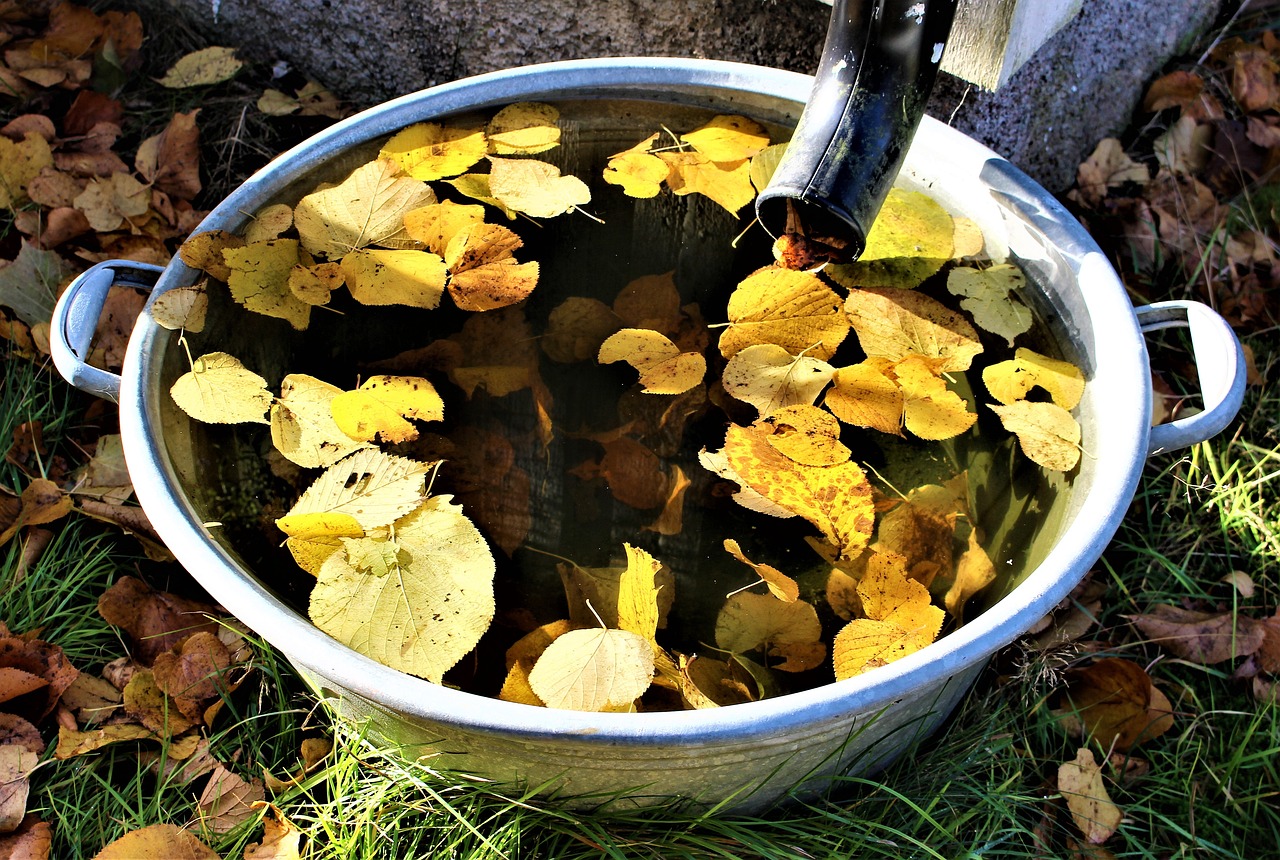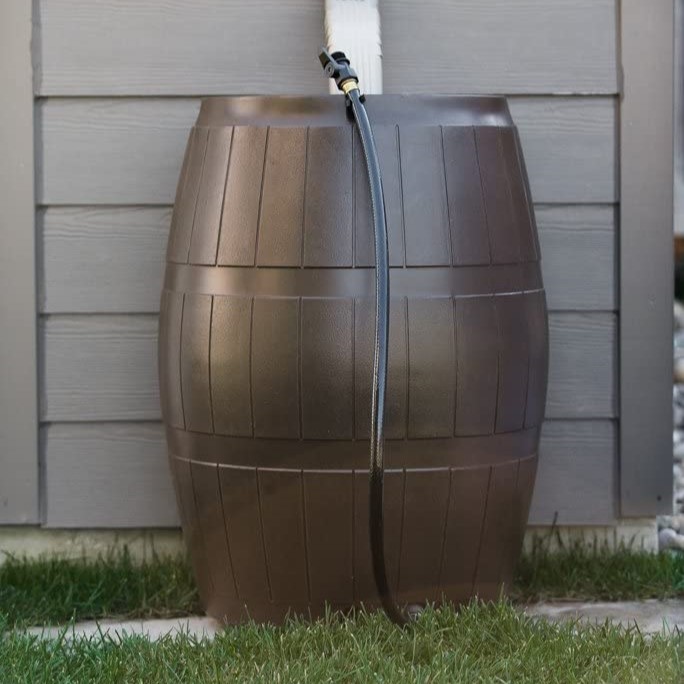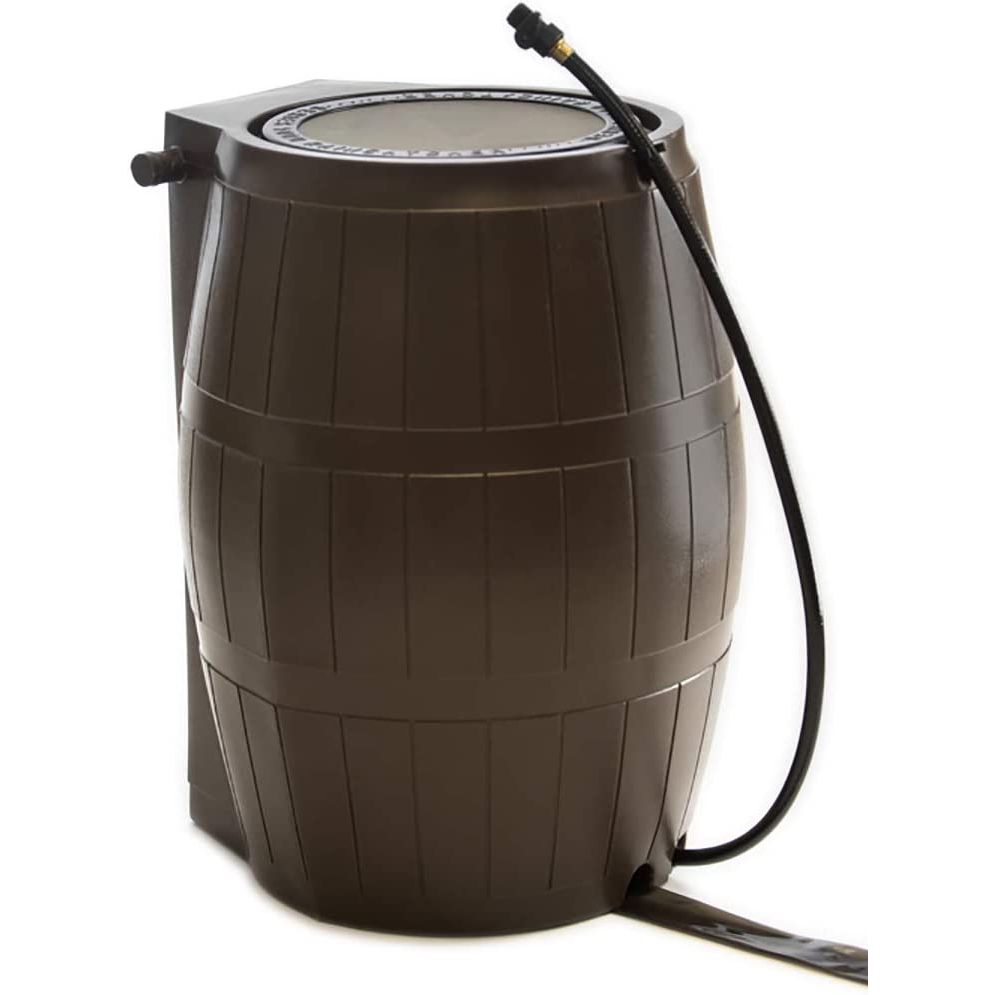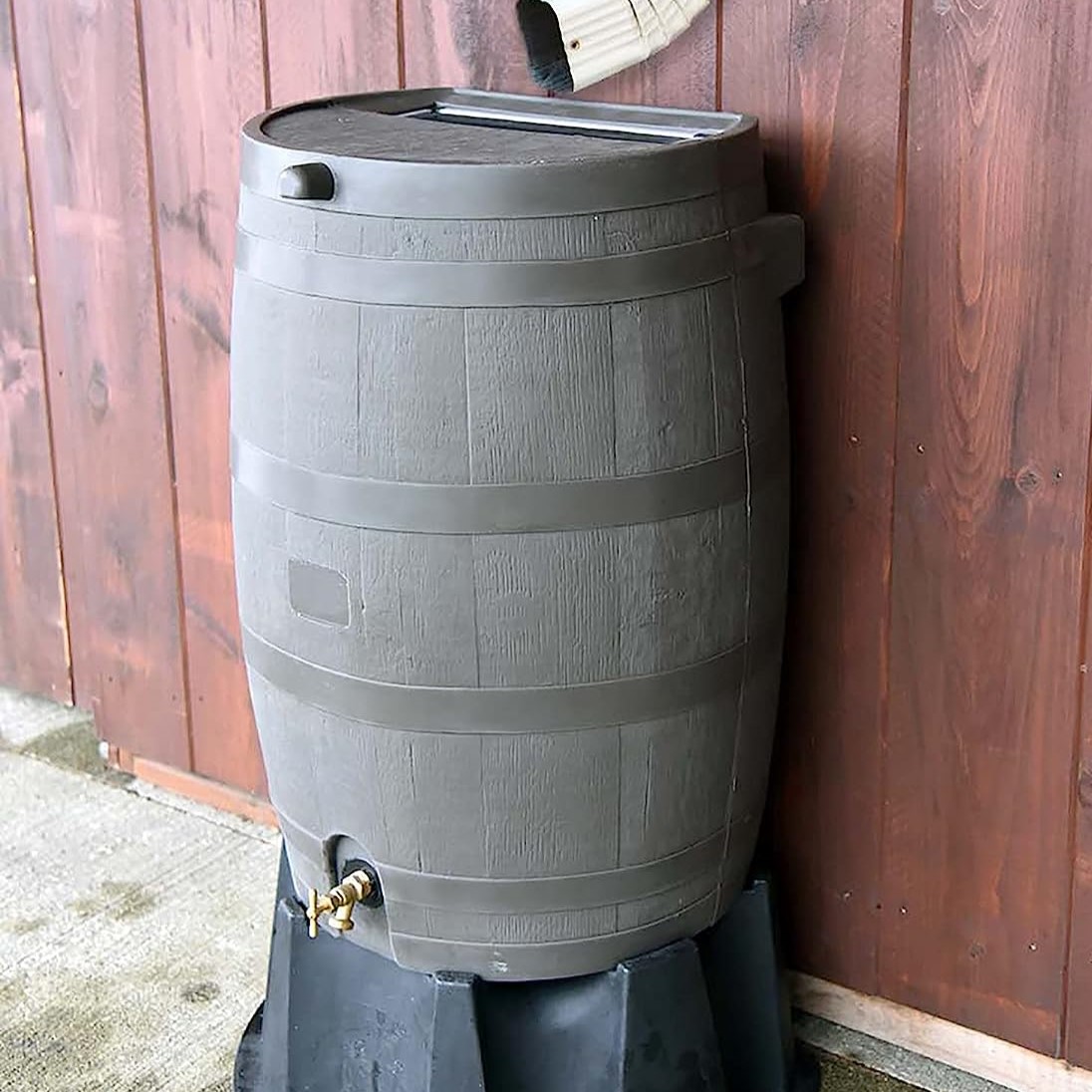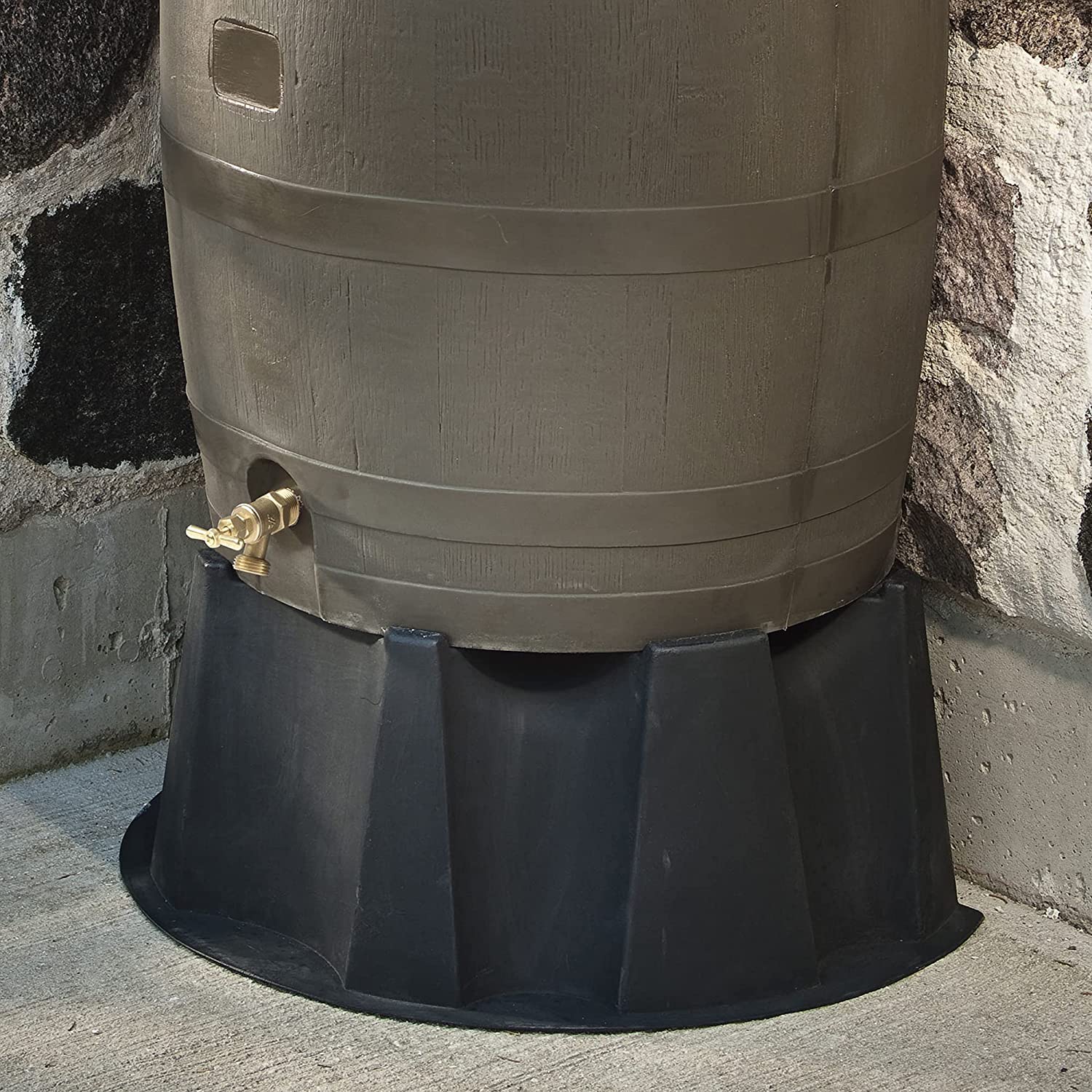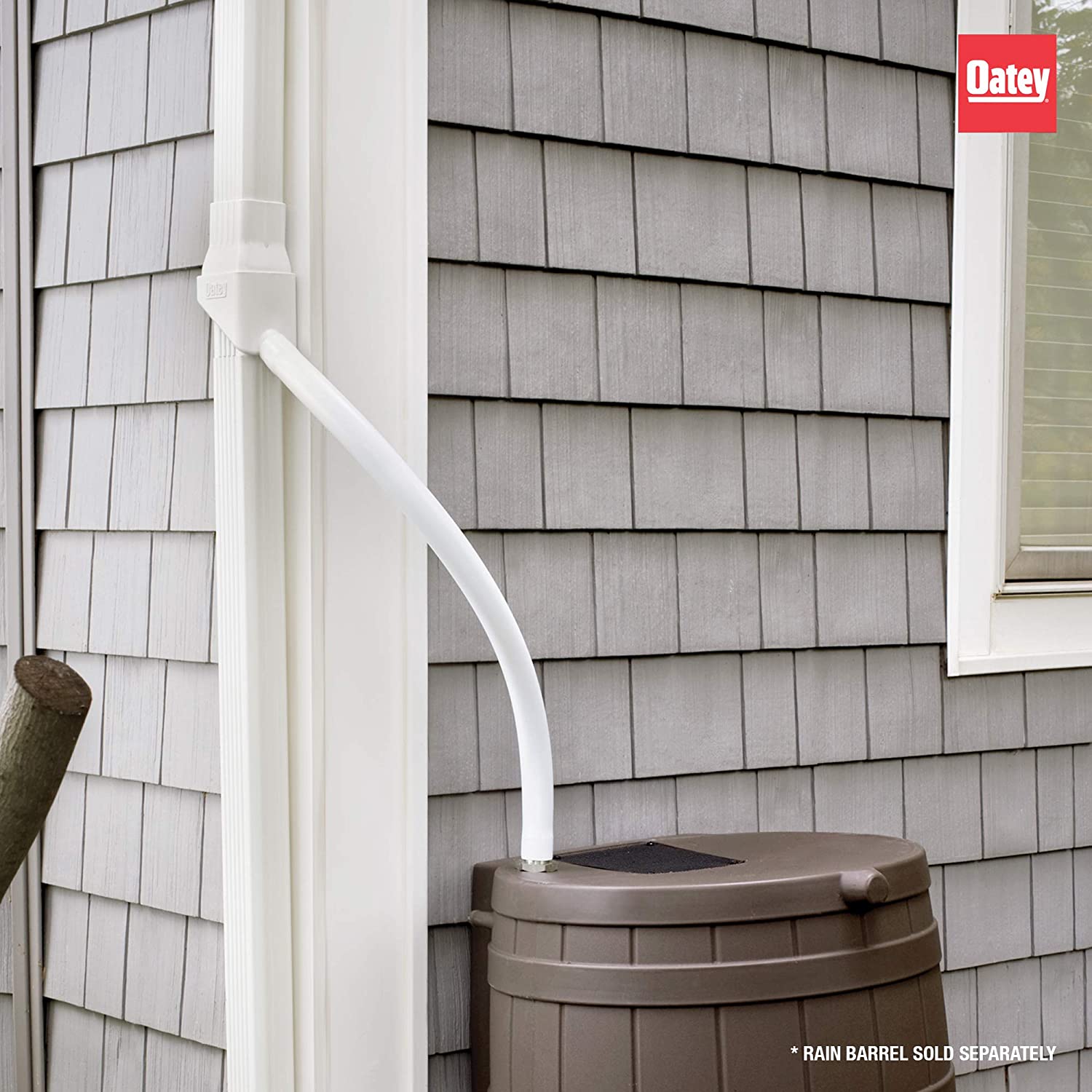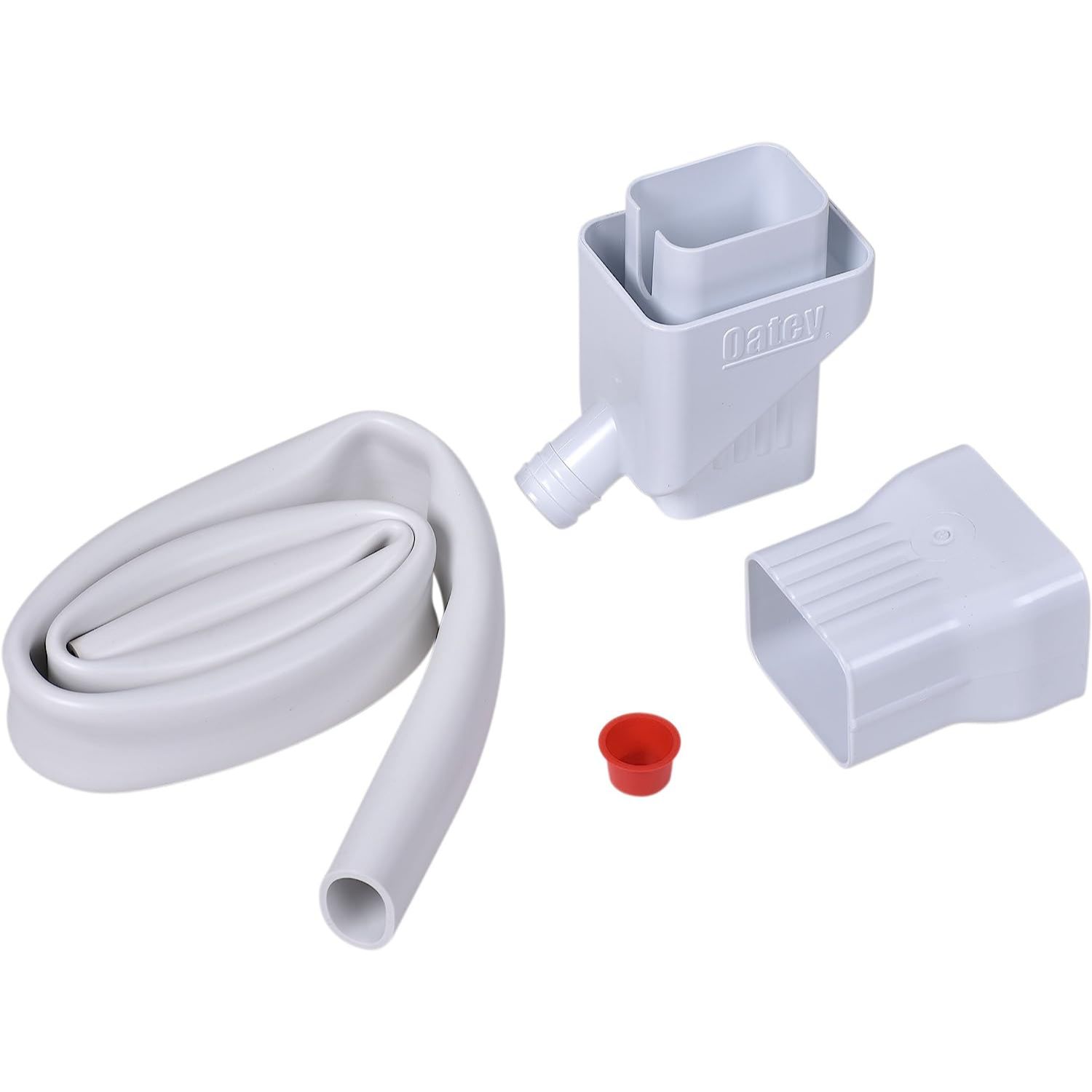In recent years, the frequency and intensity of flooding events have increased dramatically across the globe. These floods not only pose a significant threat to human lives but also cause widespread damage to homes and infrastructure.
As climate change continues to accelerate, finding sustainable solutions to mitigate flood risks has become more crucial than ever. One such solution is rainwater harvesting, which not only helps control flooding but also protects homes from water damage. Here, we will explore the concept of rainwater harvesting and its potential as a sustainable solution for flood control.
What is Rainwater Harvesting?
Rainwater harvesting systems can be installed in both residential and commercial settings. They consist of various components, including gutters, downspouts, storage tanks, and filtration systems. The collected rainwater can be used for various purposes, such as irrigation, toilet flushing, and laundry. This thereby reduces the demand for freshwater from traditional sources.
The process begins with the collection of rainwater from rooftops or other surfaces, which is then channeled through the gutters and downspouts into storage tanks. These tanks can be aboveground or underground, depending on the available space and requirements.
Note: Some of the links here are affiliate links. There’s NO additional cost for you, but it does help our team to earn some coffee money to help write more tips to keep you dry.
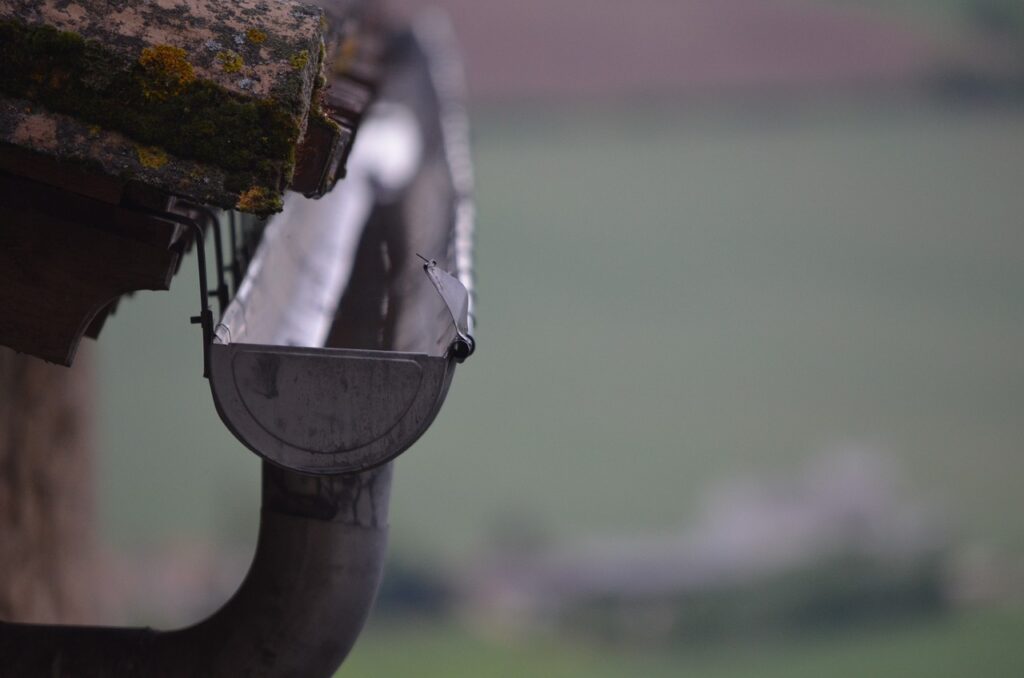
How Rainwater Harvesting Can Help
With the increasing frequency and intensity of rainfall events, traditional stormwater management systems are often overwhelmed, leading to destructive floods. Here’s how rainwater harvesting can play a pivotal role in creating a more sustainable and resilient future.
1. Reducing Runoff
One of the main reasons for flooding during heavy rainfall is the excessive runoff of rainwater. Traditional drainage systems often fail to handle the volume of water, leading to overwhelmed sewer systems and flooded streets. Thankfully, there are various ways to practice rainwater harvesting at home, such as installing rain barrels or underground storage tanks.
By implementing rainwater harvesting techniques, homeowners can capture a significant portion of rainfall on their properties. This, in turn, reduces the amount of runoff entering the drainage systems. Ultimately, it helps alleviate the strain on existing infrastructure during heavy rainfall events.
2. Replenishing Groundwater
In addition to reducing runoff, rainwater harvesting also helps replenish groundwater levels. As rainwater is collected and stored, it slowly seeps into the ground, recharging the aquifers. This process is particularly important in areas facing water scarcity or where groundwater levels have significantly depleted. By replenishing groundwater, rainwater harvesting contributes to long-term water conservation efforts and helps mitigate the impact of droughts.
3. Reducing Erosion
During heavy rainfall, the force of water can cause erosion, leading to soil degradation and loss of fertile land. By capturing rainwater and directing it to storage tanks or infiltration systems, rainwater harvesting helps reduce the erosive force of rainfall. This, in turn, minimizes soil erosion and protects the integrity of agricultural land. Moreover, by reducing erosion, rainwater harvesting also helps maintain water quality in rivers and other water bodies by preventing sedimentation and the release of harmful pollutants.
4. Enhancing Resilience
Rainwater harvesting provides an additional source of water during times of extreme weather events, such as floods or droughts. By storing rainwater, homeowners can reduce their reliance on external water sources and maintain a steady supply for essential needs. This enhances the resilience of communities and reduces the vulnerability associated with water scarcity or water-related disasters.
5. Creating Buffer Zones
One additional sustainable solution that rainwater harvesting provides as a flood control measure to protect homes from water damage is the creation of buffer zones. By collecting and storing rainwater, it can be released slowly into surrounding green spaces or gardens. This creates buffer zones that absorb excess water from heavy rainfall.
These buffer zones act as natural sponges, reducing the risk of flooding by preventing excessive runoff and allowing water to be slowly absorbed into the ground. By utilizing rainwater harvesting, homes can be protected from water damage by effectively managing and controlling the flow of water during heavy rainfall events.
The Bottom Line
Rainwater harvesting offers a sustainable solution for flood control and protection against water damage to homes. Governments, communities, and individuals must recognize the potential of this simple yet effective technique and take proactive steps to implement rainwater harvesting systems. By embracing rainwater harvesting, we can not only mitigate flood risks but also ensure a more sustainable and water-secure future for generations to come.

